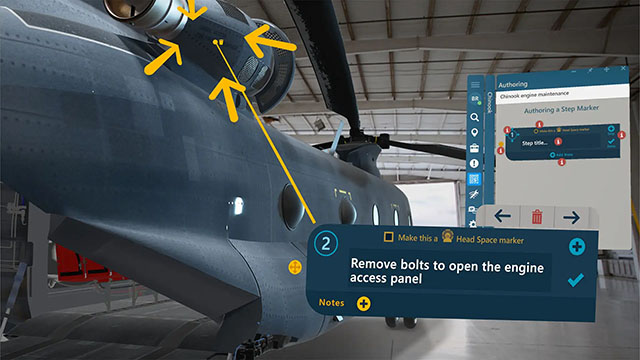-
AuthorPosts
-
-
June 4, 2020 at 1:26 pm #505
 MaureenParticipant
MaureenParticipantWhen you are just getting started, there is a lot of new information to digest and consider as you learn how to use the applications and assess the best way to approach your own implementation.
Here’s a quick look at the most basic and essential steps to consider as you get started and begin configuring the data in your Manifest instance.
1. Visit the Client Portal
Each Manifest instance has an assigned domain. You will need your domain and individual credentials to access any Manifest application, including the client web portal. Once you have them, login to the Client Portal for initial set-up.
2. Set up your domain’s Location(s)
You must have at least (1) one location in your domain to register assets and create jobs. Manifest allows clients to configure both Parent and Child locations without limit. We recommend considering how your organization would like to structure locations – e.g. by city, building, area.
3. Create your Asset Class(s)
An asset class is the master ‘type’ of any type of equipment typically including a make and model. Templates, Documents, and Meter are all configured at the Asset Class level and any assets registered as that Asset Class inherit that same data.
4. Register your Asset(s) or at least 1 for each Asset Class
An asset represents a unique item – likely with a serial number. It will contain its own service history, job queue, and IoT data. When registering an asset you will need to categorize it by its asset class and assign it to a location. Setting the asset tag ID will generate a unique QR code for the asset.
5. Determine Asset Tag Position on your Asset Class
The asset tag (QR code) serves as the primary point of reference for all spatially anchored content (3D step-markers, pen notes, meters, and so on). For this reason – it’s critical that the placement of the QR code on an asset is consistent for all assets of that same class.
6. Author your Template
Templates can be authored in both the Client Web Portal and the Manifest 3D application. Authoring spatially anchored content and placement can only be done on a 3D device and select custom settings (like requiring evidence for a step) must be done within the Client Portal.
-
-
AuthorPosts
- You must be logged in to reply to this topic.




